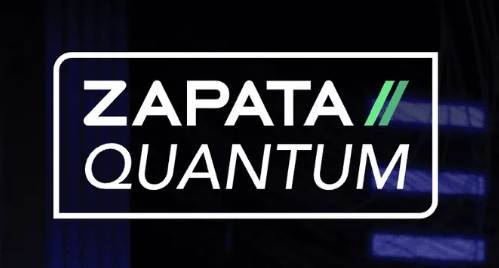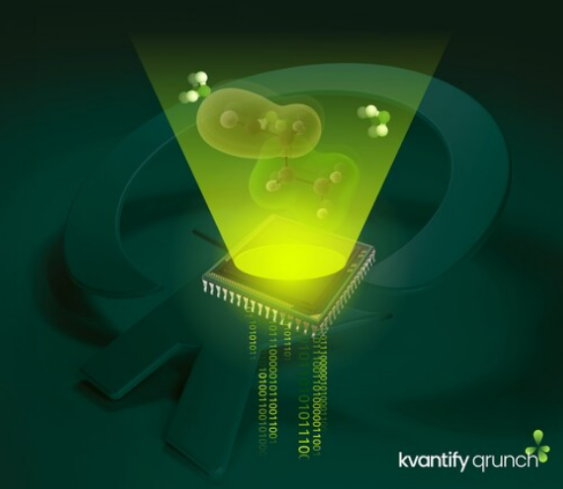New System
Dutch bank ABN AMRO has teamed up with quantum research technology group QuTech to improve the bank’s security issues by implementing quantum architectural systems. The partnership’s key role will be the development of what they are calling Quantum Key Distribution (QKD).
But what is QKD and how does it work exactly?
Quantum Key Distribution works under the premise that the internet operates as an easily accessible network, one where all communications can easily be intercepted by third parties.

Which is not good for banks.
The current protocol system of public-key encryption works by formulating complex mathematical equations which are, in their essence, extremely hard to solve as well as being very time-consuming. Quantum computers, however, will make these calculations in a matter of seconds, creating a situation where modern-day encryption methods are useless against the more advanced quantum architectural systems.
A big problem.
According to Wolfgang Tittel, a staff member at Qutech, experimental physicist and professor at the TU Delft:
‘QKD protects data by combining a secure “quantum-distributed” key with a long message to create an encrypted text which cannot be broken without the accompanying key, regardless of the available resources in terms of time and technology.’
Already the term quantum computing (QC) has become a byword for where the future is going, and within the next decade, QC use-cases are expected to be applied across all areas of technology.
Fintech is no exception to this.
As quantum computers get more computationally powerful, they will naturally become better at dealing with — and cracking — modern-day encryption algorithms.
This is a bad thing for the financial world, which becomes open to hackers and other hostile forces from outside the system. And as quantum computers improve and roll out across the globe, they will pose a greater threat to the banks, though many in the fintech industry and professionals in quantum computers still feel this is many years away.
Partnership
Qutech and ABN AMRO obviously detect menaces ahead of time, realizing coming up with a solution before the problem becomes too big to deal with is the best approach. The group, consisting of experts and professors in the field of quantum technologies, sees their contribution as improving security in fintech while helping their fellow human beings in the process.
This can’t be a bad thing.
They also realize how quantum computers used for nasty intentions will imperil their security encryption systems currently used, not to mention the bank’s customers’ personal data — where they could possibly be expropriated before being decrypted — mobile bank accounts connected to apps installed on their mobile devices, and on a more macro level, state-of-the-art 5G wireless networks openly vulnerable to cyber attacks.

Not wasting any time, ABN AMRO is already on the path to implementing its data security issues using Quantum Key Distribution, which could eradicate all these potential online threats.
Mechanics of the System
The crux of Quantum Key Distribution, and what makes it uniquely secure in contrast to current encryption methods, is down to the way the key is administered by the two participants of the transaction. The transaction, or quantum event, measures the photons (light particles) between the interacting ‘nodes’. What deems this transaction foolproof, however, is the photons ‘realize’ (not in any cerebral way, but in a ‘strange to understand’ quantum mechanical one) they’re being observed, that they’re being measured, that something is spying on them, and the construction of the quantum key can be abandoned midway through, rendering hacking useless.
We also have to remember QKD isn’t a mode for the exchanging or swapping of data. It is only used for sharing an encryption key. The encryption key, once safely across from one party to the other, can then be used for the encryption of data that is sent across the internet in a conventional sense.
In a nutshell, the quantum event, or the transaction, is cancelled once an outside party is detected.
Tittel also went on to say:
“If they [parties] find that the two keys perfectly match (or the percentage of errors is so small that the knowledge of the eavesdropper can be removed), they conclude that the key is secure, and would use it safely for encryption.”
Quantum Key Distribution as a technology has been studied for a number of decades, yet it is only now with the collaboration between ABN AMRO and Qutech that its application in the real world of finance may actually go ahead.
It is only a matter of time before we get to see this impressive piece of quantum technology at our fingertips and helping us fight against financial online hacking.
The future waits.

















